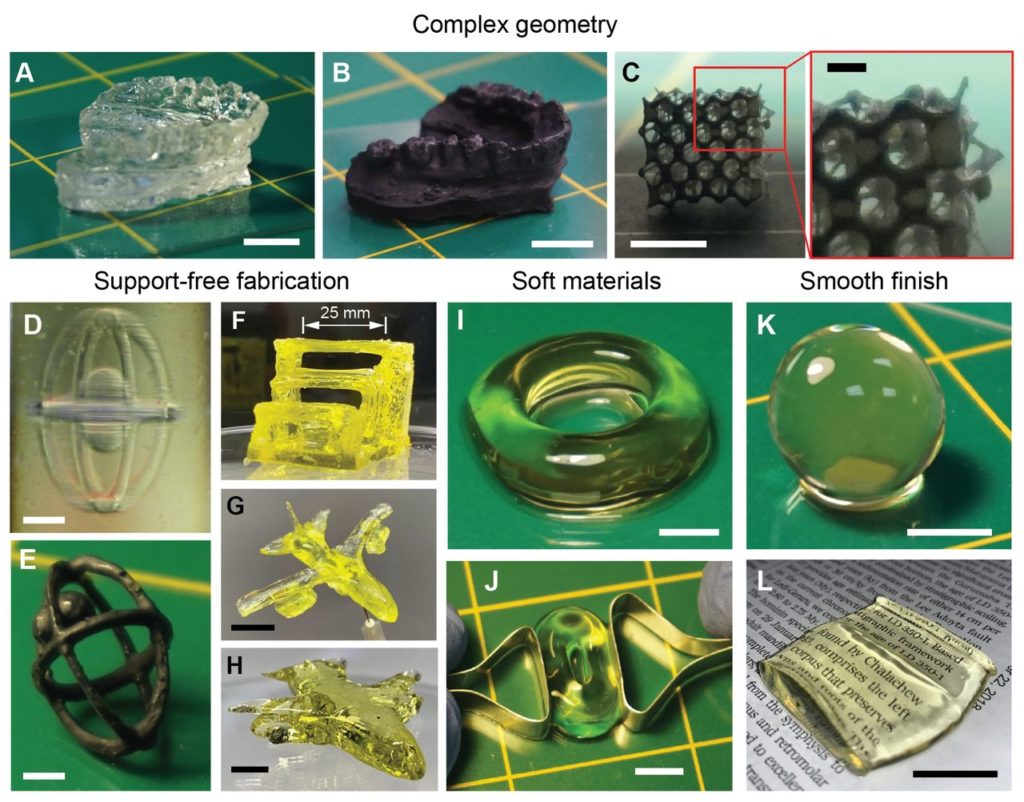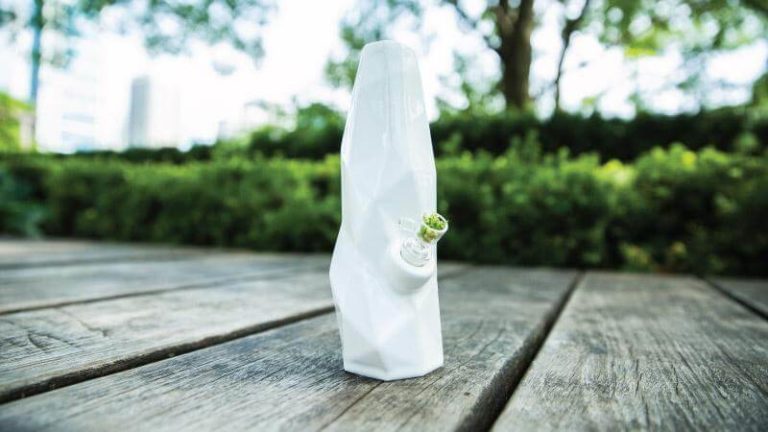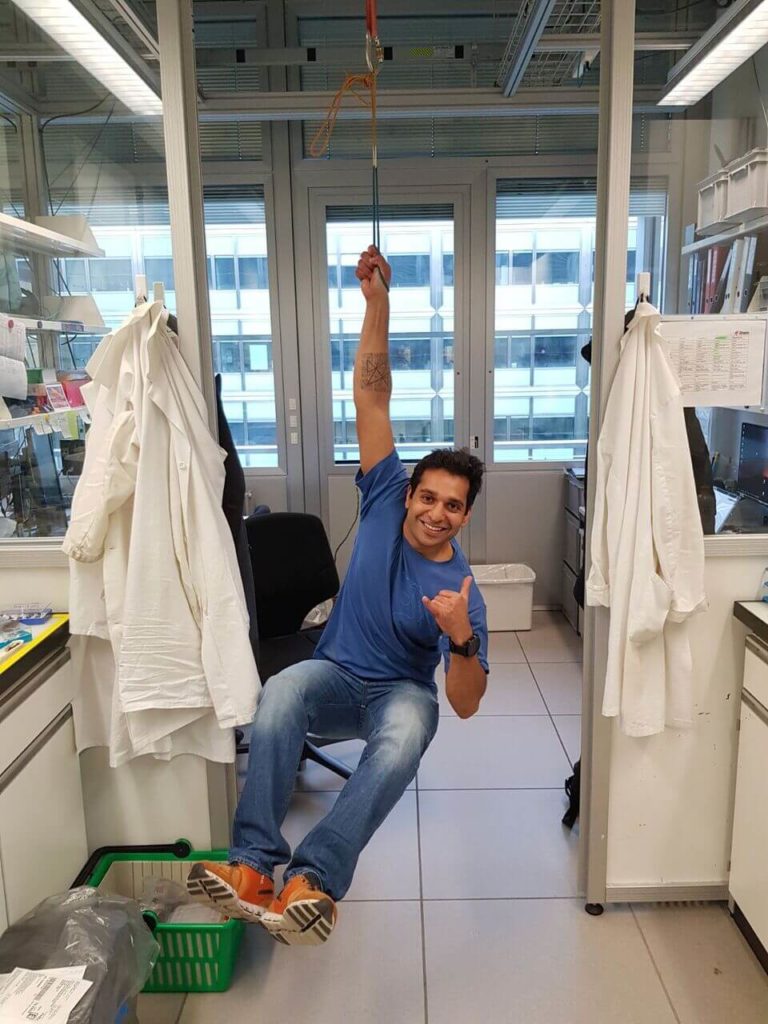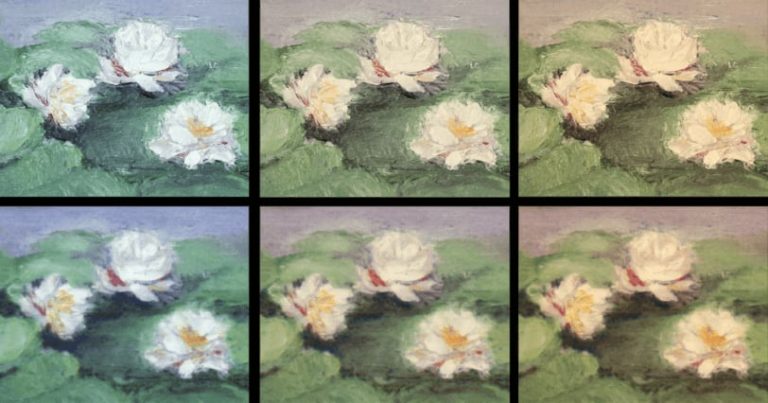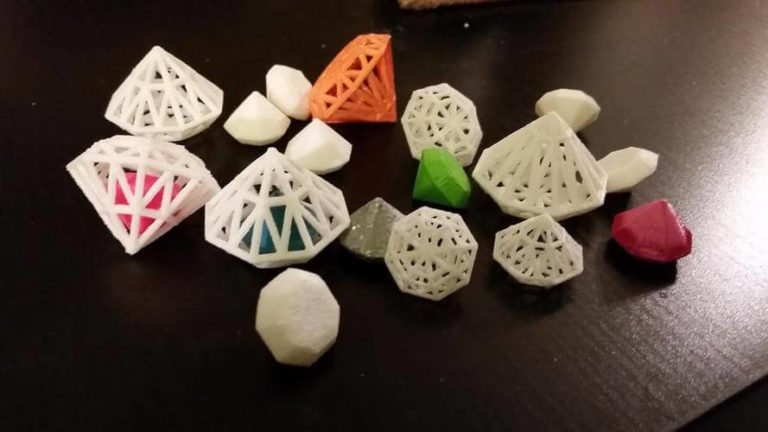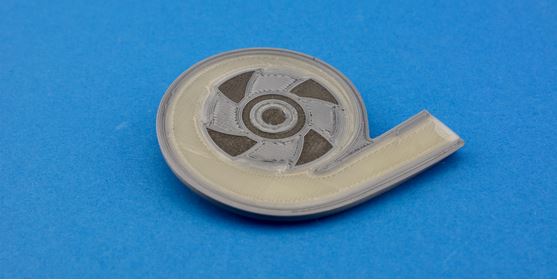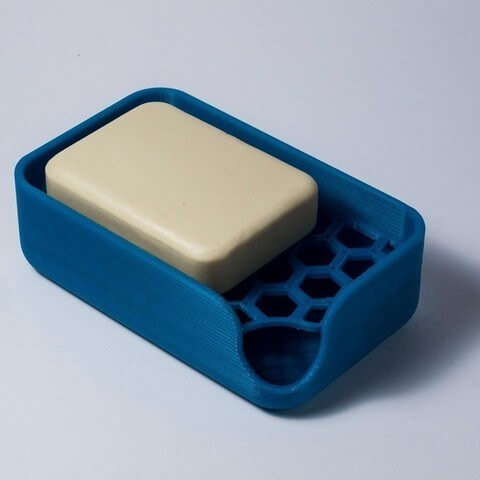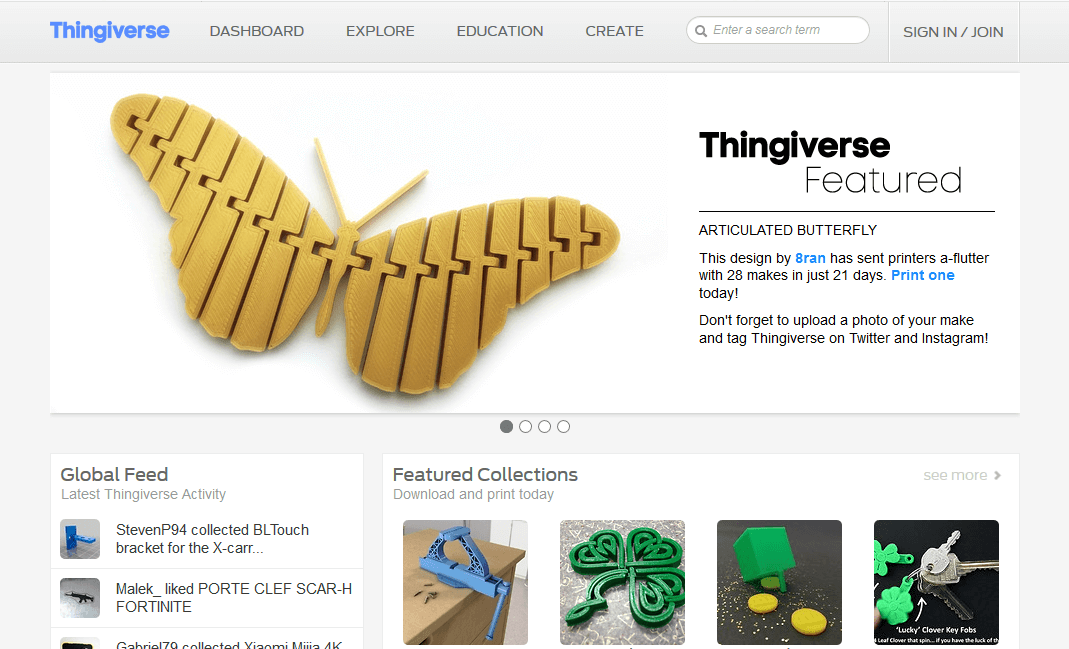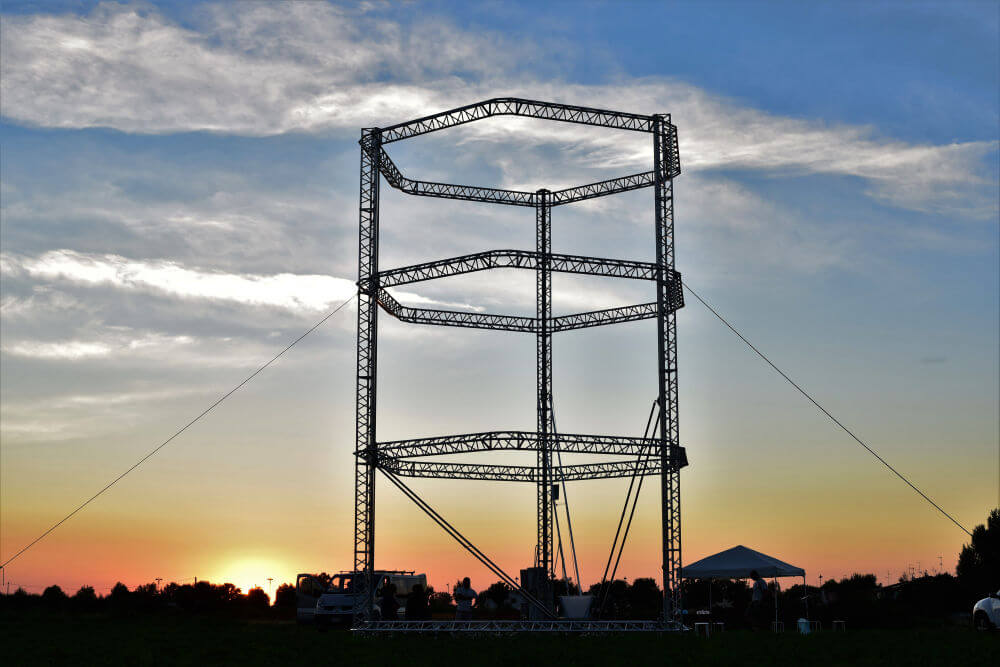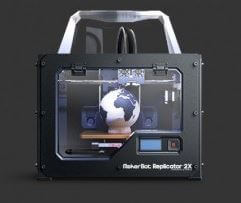A group of researchers from the American Association for the Advancement of Science presents a new 3D printing process with which any geometry can be volumetrically synthesized by photopolymerization. The new process is called Computed Axial Lithography (CAL) and has several advantages over conventional layer-based printing processes.
Advantages
The process can be used to bypass support structures as it prints into highly viscous liquids or even solids. The printing of 3D structures around already existing fixed components is also possible with this approach. In addition, CAL is scalable for larger print volumes and even faster and more flexible than FFF printing.
The Process
CAL selectively solidifies a photosensitive liquid within a contained volume. Then light energy is added to the material volume using a series of two-dimensional images. Each image projection spreads through the material from a different angle. The superposition of these exposures leads to a three-dimensional absorbed dose which is sufficient to solidify the material in the desired geometry.
The process was inspired by the image reconstruction techniques of computed tomography (CT). The core concepts of CT could be applied directly to additive manufacturing.
Within seconds
The researchers have proven the speed of the innovative 3D printing process: A centimeter-perfect miniature replica of the bronze sculpture”The Thinker” (1902) by the French sculptor Auguste Rodin was completed in less than a minute.
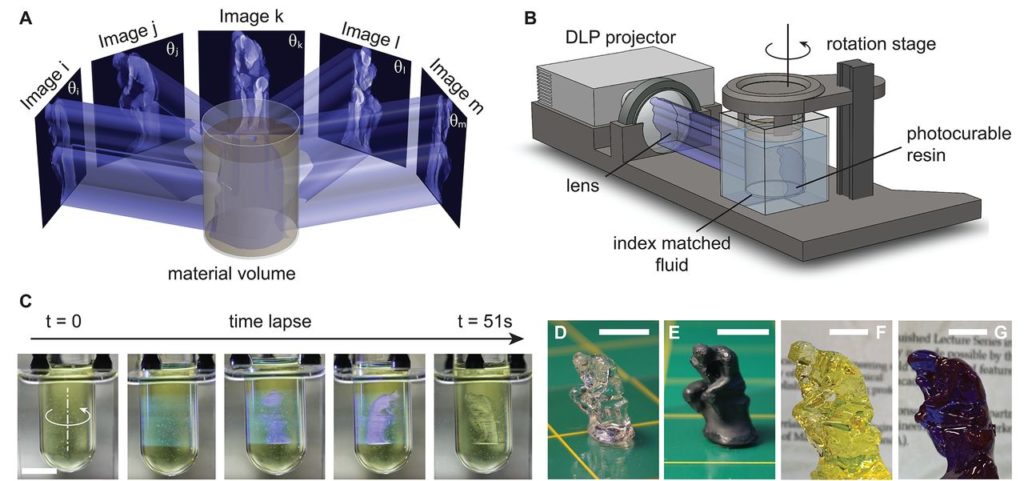
Source: Science
Over-printing
CAL can also be used to print over existing materials (over-printing). The Radon transform has a 180° shift symmetry, which makes it possible to print arbitrary geometries on convex substrates with exposure from the half value range of angles. To demonstrate this, the researchers synthesized a polymer handle on a screwdriver. The metal piece was immersed in the photopolymer before rotation during printing.
Over-printing can be used, for example, to encapsulate electronics or to enhance objects such as dental technology.
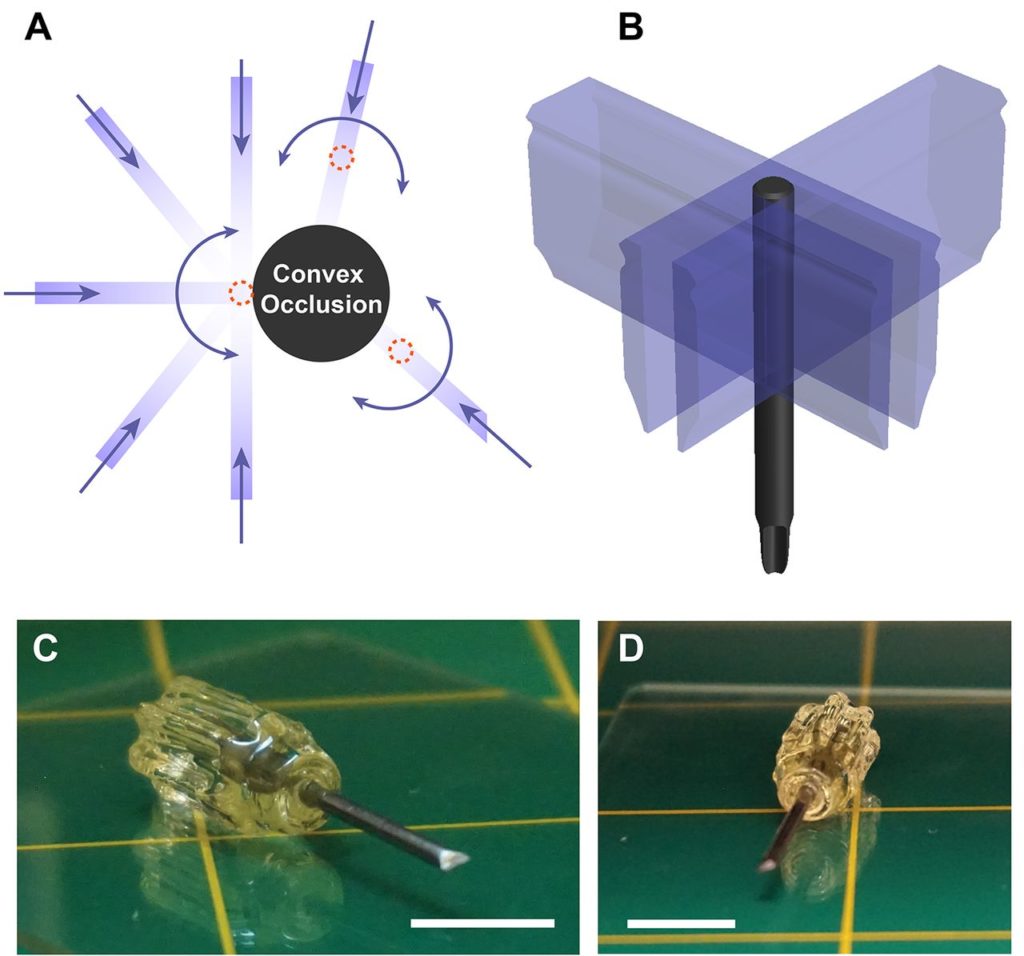
Source: Science
Source: Science



